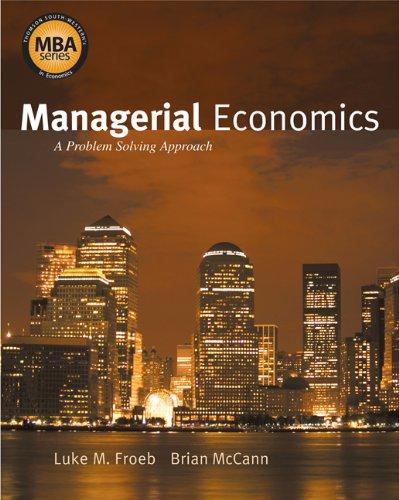Answer it all!!!
Question 1: Fact I: Consider the following setup that follows the standard Solow model in Country A. There are N consumers, each endowed with one unit of available time. Consumers do not value leisure and they divide output between consumption and savings according to the following rule: a fraction s of output is saved, and the rest is consumed. There is a representative firm that has a Cobb- Douglas production technology of the form Y = zF(K,N), where K denotes capital, N denotes Labour, z is (Total Factor Productivity (TFP). Initially country A had 100 units of Capital, 144 units of labour and population growth rate was 0.01. Suppose you are given the fact that in this economy depreciation d is 0.09 and at steady state, the output per-capita could be expressed as y" = (k*). Now, consider the unfortunate situation where a disease took several lives, reducing the number of labour force equal to 81 units. 1.1 Describe and explain changes/effect of this disease on country A's per-capita output, and per capita capital in the steady state, comparing these with the initial steady state that was prevailing before the disaster. (Note: you are supposed to describe and explain changes in detail, following Solow Model. The numbers are provided to give you more details about the economy, but you are not required to provide mathematical derivationsumbers for this question). 1.2 If you were illustrating the old and new steady state in a diagram, with per-capita capital In x-axis, describe how your graph would change before and after the disease. Would you expect the growth rate of output per worker in country A smaller or greater than it was before the disease? Question 2: Consider country B, where every citizen is identical (like clones of each other) and each individual has one unit of labour to supply. The country produces only one commodity, food. Current aggregate output of food, Y, is produced using current inputs of land, L. and current labour, N, that is Y = zF(L.N), where z is total factor productivity (TFP). Future population is N", population grows at a rate n - 0.01, and depends on consumption per worker, c = C/N. There is no money, wage payment is provided solely in terms of foods. In equilibrium all foods produced in the economy are consumed and this is a closed economy without any government, net export or savings. Consider the Malthus model in the context of country B. Suppose the economy is currently at steady state. Now suppose considerable amount of land is destroyed due to an earthquake in country B. Describe and explain changes/effect of this incidence on steady state land per capita, and standard of living. Explain how wage would be determined in country B and how this process (of determining wage in Mathus model) is different compared to the competitive equilibrium models we studied in Chapter 4 and 5. Explain if you think wage would be higher or lower in country B after the earthquake.Microeconomics CHAPTER 8. UNCERTAINTY AND RISK Exercise 8.12 A risk-averse person has wealth yo and faces a risk of loss L RL. It is possible to take out partial cover on a pro-rata basis, so that an amount th of the loss can be covered at cost to where 0










